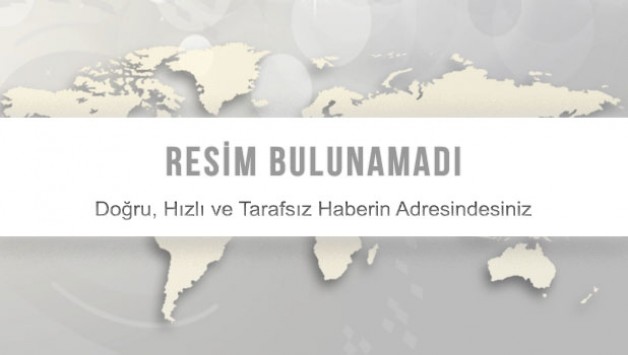Managing and Optimizing Data Exchange

Data exchange connects different systems, enabling them to communicate with each and each other. This process can be used to support a wide variety of business scenarios and facilitates collaboration between teams.
Companies of all sizes and industries can leverage best practices to ensure seamless data exchange, allowing them to streamline data acquisition, monetize data assets, enhance decision-making, encourage innovation, and enable interoperability. However, there are a few issues to be aware of like inconsistent data, lack of transparency and trust, interoperability and data integration challenges and the need for a standardized Data Governance framework.
Many organizations are creating new revenue streams with data exchange, earning additional income and improving their operations. For instance weather data providers like AccuWeather generate revenue by putting their repository of historical and predictive data on data exchange platforms, where they reach a wide spectrum of data consumers ranging from agriculture sectors to event planners.
To ensure that you can optimize and manage data exchange, it is necessary to assess current processes and create an overall strategy for managing data across the entire organization. This should include a comprehensive knowledge of the value data exchange can provide, the requirements and expectations of the stakeholders, as also the capabilities of current data sources. It should also include a strategy for data integration that is flexible enough to adjust to technological changes and to address future requirements and opportunities. Ideally, it should have an architecture that is decoupled from applications and databases, while facilitating enterprise data-integration strategies which favor web-based services and brokenred messaging techniques.
viral2share.com/2022/01/04/document-management-and-project-management-procedures
Benzer Haberler
























